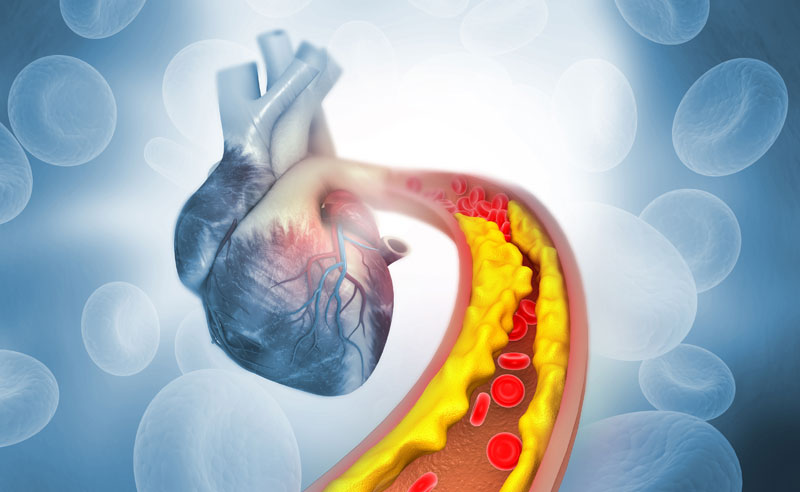Heart Disease is the Leading Cause of Death in the United States
We need to prevent cardiovascular disease because it is the leading cause of death in the United States. The underlying mechanism of cardiovascular disease in most people is the buildup of atherosclerotic plaque in the lining of their arteries. The first stages of this atherosclerosis may start early in life, and it can lead to disease decades later with the accumulation of atherosclerotic plaque in the arteries. Serious events occur when the plaque ruptures and leads to a sudden blockage of the artery. Some people have no symptoms while the plaque is building up, and a major event such as a heart attack may be their first manifestation of cardiovascular disease.
The time window between the buildup of plaque in the arteries and the start of symptoms, gives us an opportunity to prevent the progression of heart disease. We have learned that cardiovascular disease is often related to modifiable risk factors such as smoking, diabetes, hypertension, diabetes, obesity, physical inactivity and elevated cholesterol levels. Sometimes the risks run in families due to shared genes, or shared family habits. The risks factors will tend to multiply each other when they are present in the same individual.
Assessing Your Risk for Cardiovascular Disease
Preventing cardiovascular disease starts with assessing your individual risk for cardiovascular disease by looking at your risk factors. There are different risk factor calculators that can be used to assess whether a person is at high risk or low risk for cardiovascular disease. Some of the cardiovascular risk calculators available to the public can be found at: CV Risk Calculator, Reynolds Risk Score
If you would like to schedule a cardiac risk assessment, please contact us to schedule an appointment.


